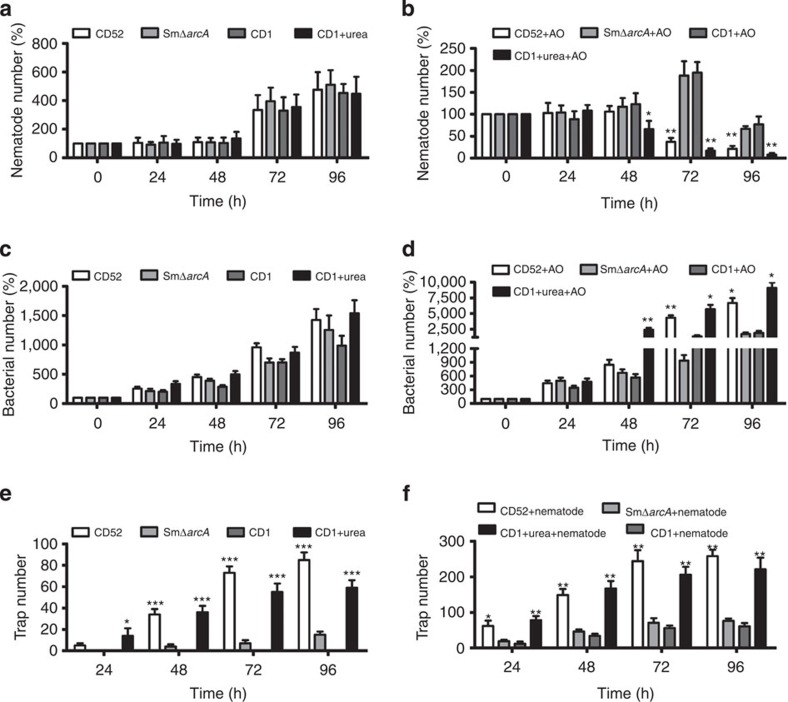Figure 5. The relationship among bacteria, nematodes and fungi in the soil.
(a) In soil without A. oligospora, the number of worms steadily increased in the presence of S. maltophila CD52, SmΔarcA mutant, non-urea-producing bacterium B. amyloliquefaciens CD1 and CD1 plus urea (5 mg). (b) In soil with A. oligospora, the survival rates of worms were significantly lower in the presence of S. maltophila CD52 and CD1 plus urea than those in the presence of SmΔarcA mutant or B. amyloliquefaciens CD1. The data are expressed as percent change from control (0 h). (c) In soil without A. oligospora, all the four groups exhibited a comparable number of bacteria in the presence of worms. (d) In soil with A. oligospora, the number of CD52 and CD1 (CD1 plus urea group) was much higher than that of SmΔarcA mutant and CD1 (CD1 alone group) in the presence of worms. (e,f) The number of traps in plates containing CD52 and CD1 plus urea was significantly higher than that in plates containing SmΔarcA mutant and CD1 in the absence (e) or presence (f) of worms. *P<0.05, **P<0.01 and ***P<0.001, CD52 versus SmΔarcA or CD1+urea versus CD1 (t-test).

